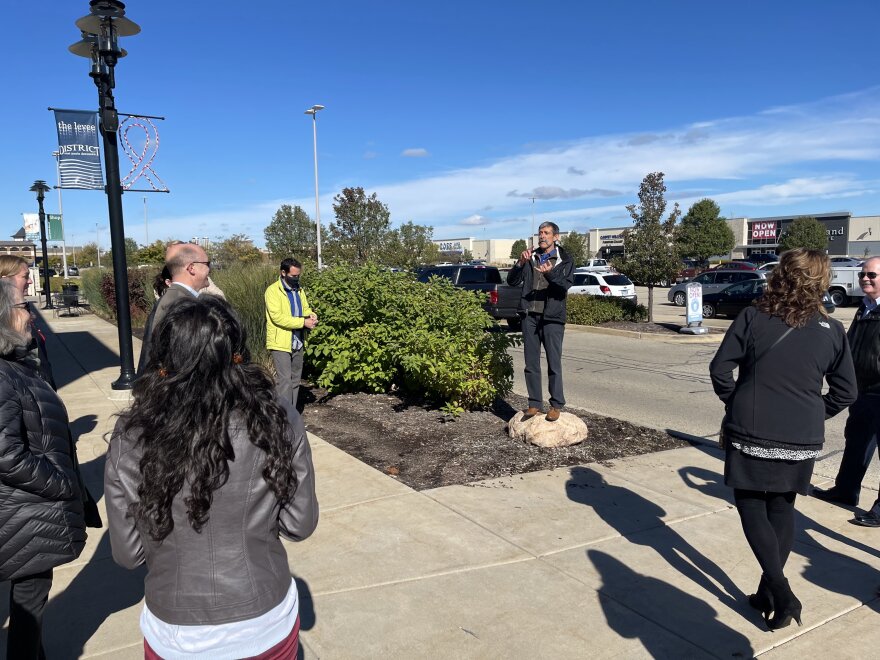Peoria adopted its Complete Streets policy in 2015. One nationally-known transportation consultant said while he's witnessed real and tangible progress in the last six years, the question of whether the River City adopts a truly multimodal mindset is still an open one.
Mark Fenton describes his work as finding the nexus between public health and land use in the planning and transportation realms. Walking even 30 minutes a day has demonstrable health impacts. But how easy is it to get those steps in?
"Over the last 70 years or so, we've built our cities for the automobile, not for people to be able to walk to a corner store, stroll their neighborhood, go do errands on foot, commute by walking to a bus stop, taking the bus to work, right? Those are really secondary thoughts to taking care of the car first," Fenton said.
"So the whole idea of Complete Streets is that whenever we touch a road, we take into account for users: the pedestrian, the bicyclist, the transit user, and the motor vehicle," he said.
Peoria has already done some of that work, adding bicycle lanes to various streets and converting Adams and Jefferson streets downtown back into two-way corridors in an effort to slow down traffic. In addition to making it safer for people not traveling via motor vehicle, Fenton said slower traffic also offers an economic benefit to business.
A "Complete Streets" demonstration along Main Street in September showed how traffic, both on wheels and on foot, might move through a reconfigured downtown.
"I feel Peoria is at a tipping point right now. You guys are gonna have to commit to this. And what that means, by the way, is the engineering department's got to say every time we touch a road, routine repaving, we're going out just to fix potholes, we dig a street up to fix the water lines underneath, every time you do routine work, you ask the question, can we make it a more complete street? Can we make it better for pedestrians and bicyclists and transit, as well as for cars?" he said.
He said a more intentional mindset could result in tangible changes as soon as five to seven years down the road, similar to the economic energy generated in the Warehouse District by road reconfigurations.
Meanwhile, Fenton also sees untapped potential across the river. East Peoria's Levee District is heavy on retail, but currently lacks the residential presence needed to truly make it feel like the town's center, Fenton said. He also cited poor connectivity with the existing Richland Farms neighborhood.
"As it continues to redevelop, one of the best things I think East Peoria could be thinking about is 'how do we integrate residential? And how do we connect to the nearby residential areas?' So somebody can in fact, walk or bike; you don't have to get in your car and drive," he said.
A new four-story, $45 million mixed-use development featuring 230 apartments and condos is set for construction next door to the East Peoria Civic Complex.
Fenton conducted a walk audit of the Levee District in conjunction with the Greater Peoria Economic Development Council and other stakeholders last month.
"There are going to be there are sidewalks and pathways. There's the trail on the levee. There's plenty of places to walk over here," Fenton said. "Now, you're going to make the connections and have the mix of land uses. Residential, retail, business, employment opportunity services, all mixed together. That's when you really shift behavior."


